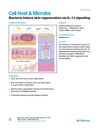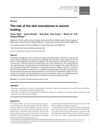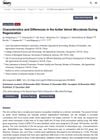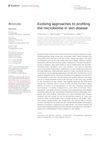The Wound Microbiome
October 2022
in “
Cold Spring Harbor perspectives in biology
”
wound microbiome skin wound healing 16S rRNA shotgun metagenomic sequencing polymicrobial communities chronic wounds Staphylococcus aureus anaerobes biofilms antibiotic resistance immune evasion broad-spectrum antibiotics commensal microbiota immune responses antimicrobials host-microbial interactions Staph commensal bacteria
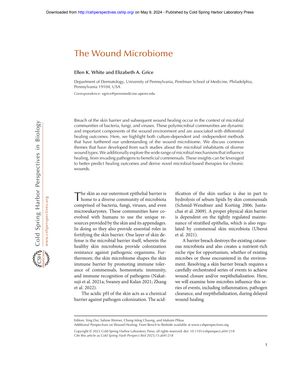
TLDR The document concludes that better understanding the wound microbiome can improve chronic wound care by preserving helpful bacteria and targeting harmful ones.
The document highlights the critical role of the wound microbiome in skin wound healing, underscoring the limitations of traditional culture-dependent methods and the advantages of culture-independent techniques like 16S rRNA and shotgun metagenomic sequencing for analyzing the wound microbiota. It reveals the presence of polymicrobial communities in chronic wounds, with certain bacteria like Staphylococcus aureus and various anaerobes being common and associated with poorer healing outcomes. The document also discusses the protective role of biofilms in chronic wounds, which contribute to antibiotic resistance and immune evasion. Furthermore, it points out the potential harm of broad-spectrum antibiotics to beneficial commensal microbiota and suggests that commensal bacteria can promote healing by activating immune responses and producing antimicrobials. The paper concludes that a deeper understanding of host-microbial interactions is needed to improve chronic wound management and that future therapies might benefit from preserving beneficial microbiota while targeting pathogens.
